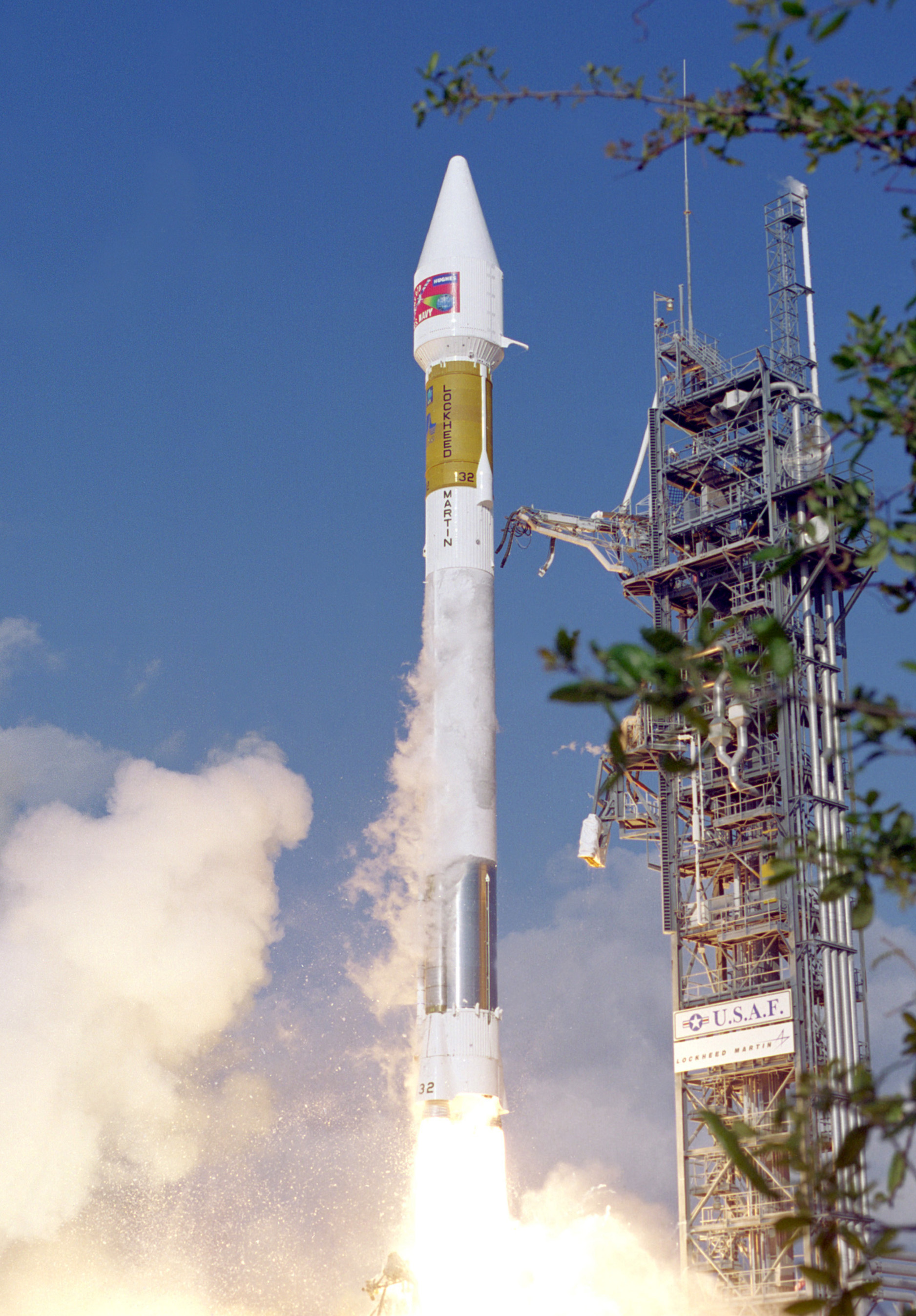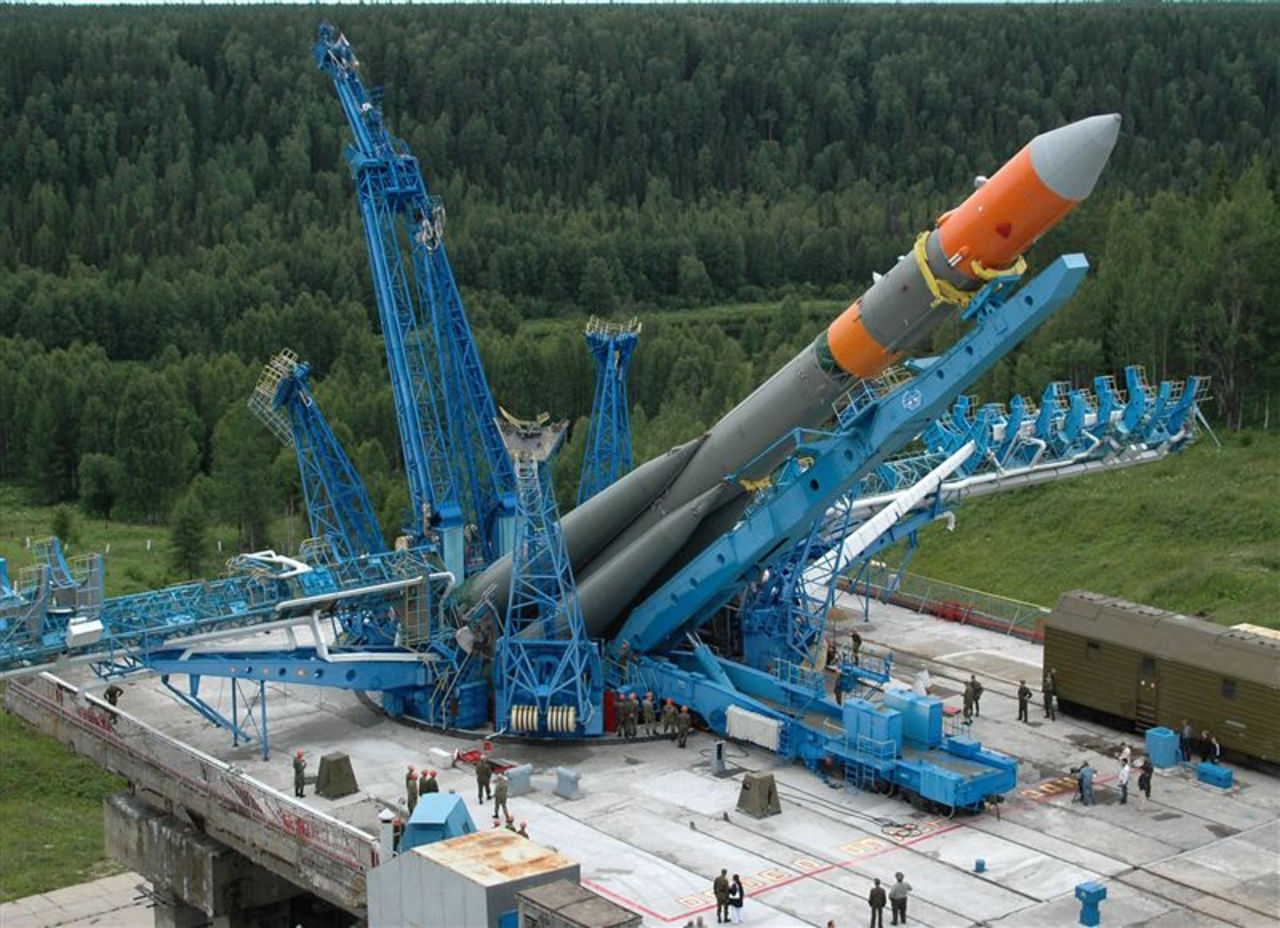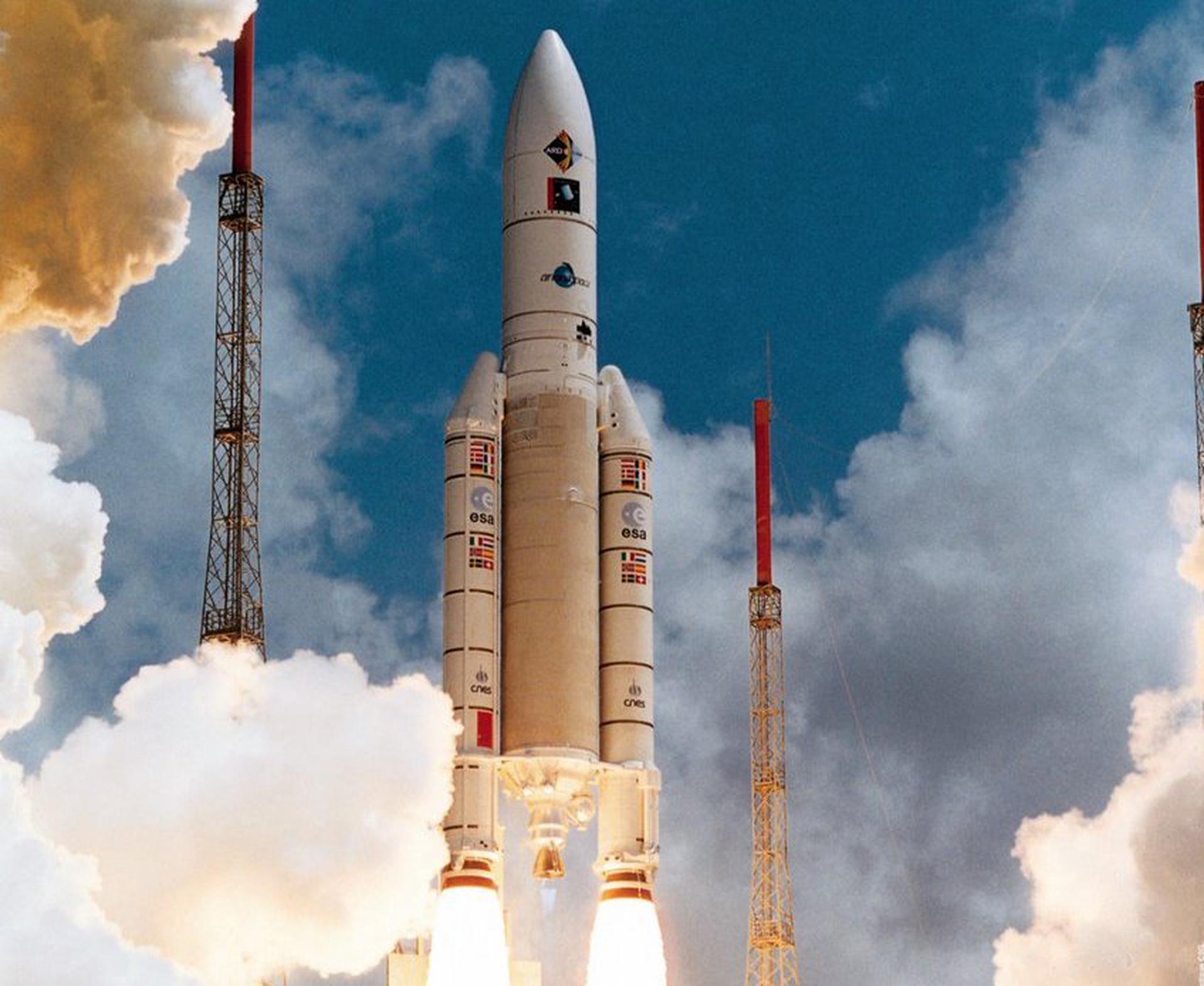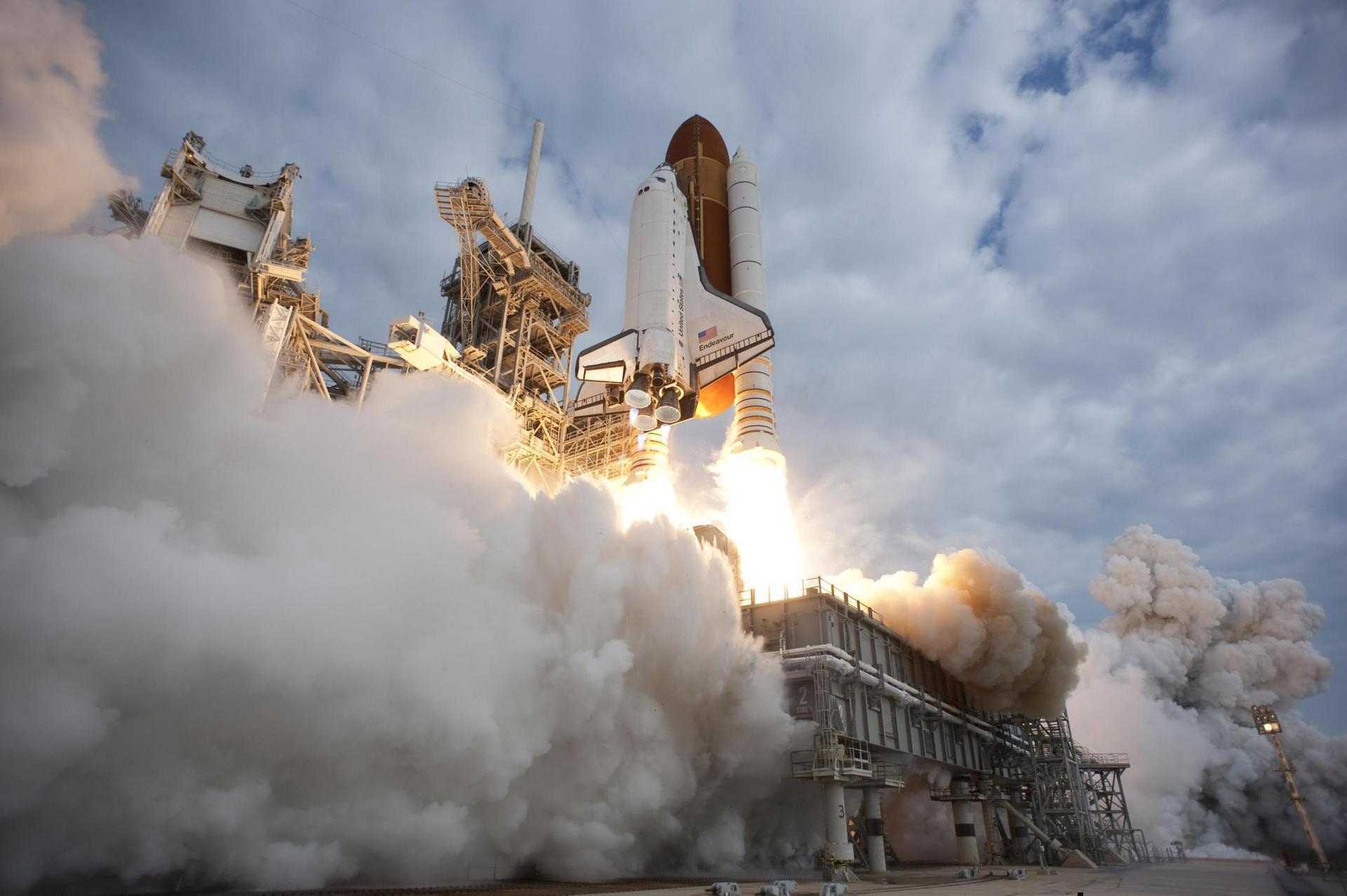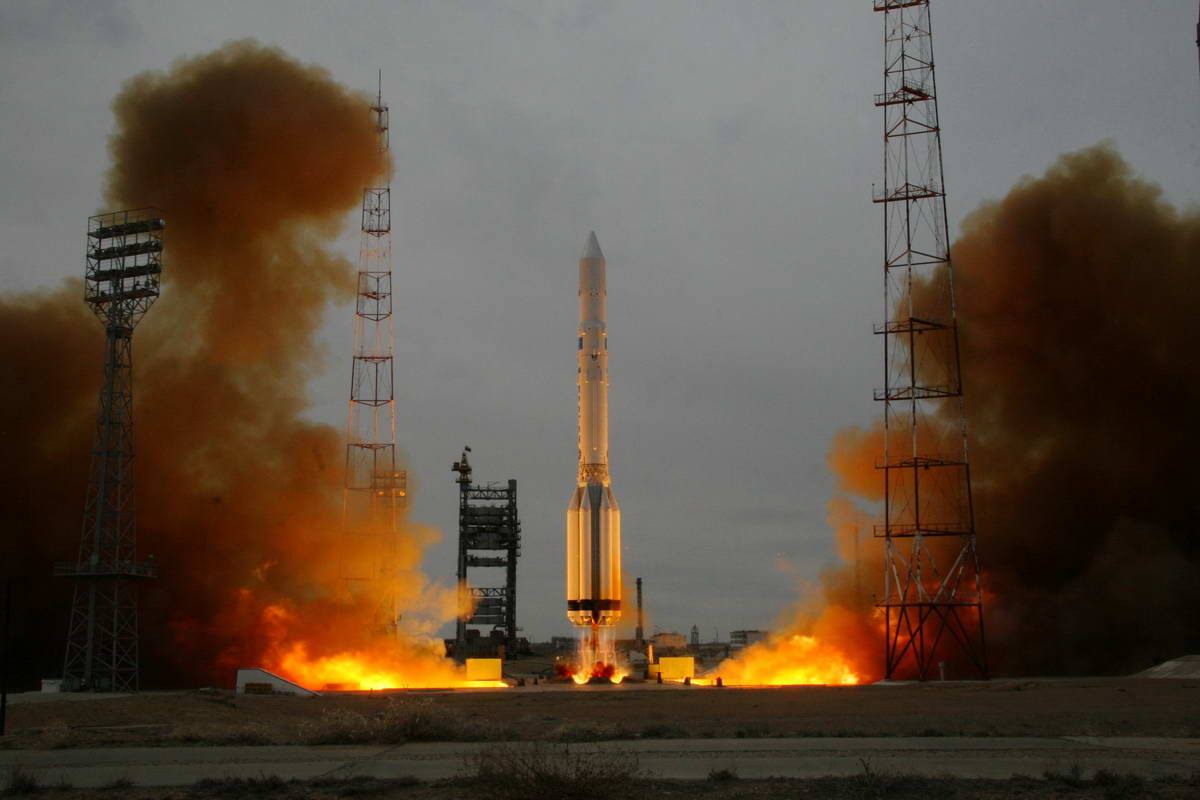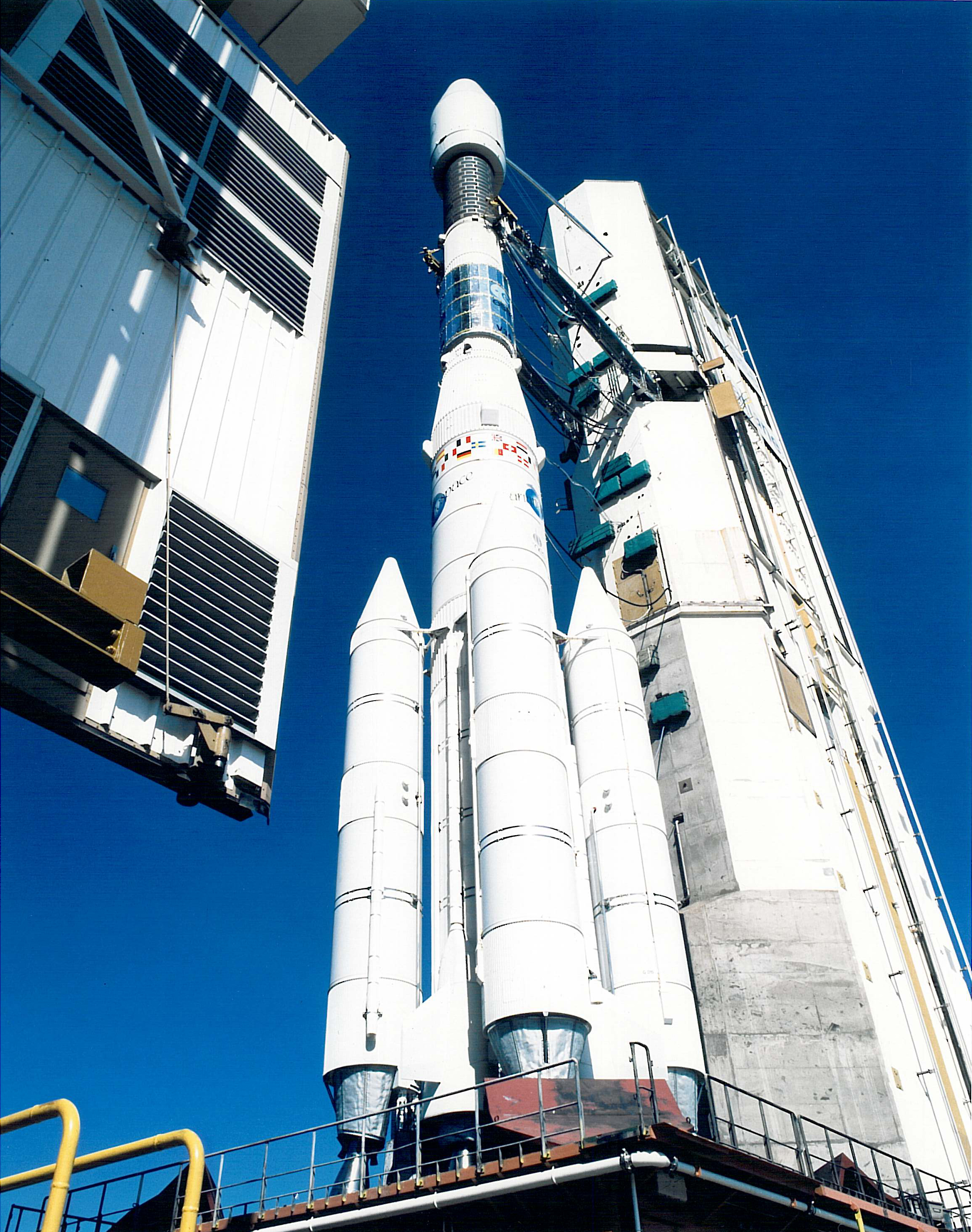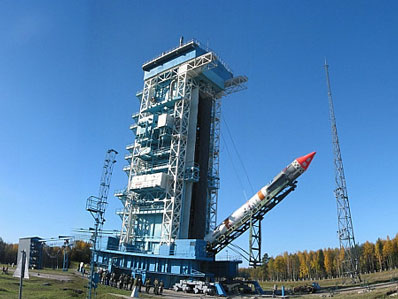Previous Spaceflight Launches
Filter by Agency, Locations or Vehicles
Show All LaunchesAtlas IIA | GOES 12
Lockheed Martin | United States of AmericaCape Canaveral SFS, FL, USA
July 23, 2001, 7:23 a.m.
Status: Launch Successful
Mission:
The Geostationary Operational Environmental Satellites were developed by NASA-Goddard and were transferred to the NOAA weather agency when operational. In addition to the usual weather imager/sounder, GOES-M carried a new solar soft X-ray imager.
Supersynchronous Transfer OrbitMolniya-M | Molniya-3
Russian Space Forces | RussiaPlesetsk Cosmodrome, Russian Federation
July 20, 2001, 12:17 a.m.
Status: Launch Successful
Mission:
The Molniya-3 group of four satellites was used to create the Orbita communications system for northern regions of the Soviet Union. The land segment used a 12 m diameter parabolic antenna, pointed automatically at the satellite using autonomous electromechanical equipment. Although primarily for civilian applications, later versions were part of the Soviet YeSSS Unified Satellite Communications System. Trials of this version began in the 1980's, with the system being accepted by the military in 1983-1985.
Geosynchronous OrbitAriane 5 G | Artemis & BSAT-2b
ArianeGroup | FranceGuiana Space Centre, French Guiana
July 12, 2001, 9:58 p.m.
Status: Launch was a Partial Failure
Mission:
Artemis is a geostationary earth orbit satellite for a ESA data relay satellite, it operates at the 21.5 degrees East. BSAT-2b is a geostationary, commercial communications satellite used for direct television broadcasting across Japan.
Geostationary Transfer OrbitSpace Shuttle Atlantis / OV-104 | STS-104
National Aeronautics and Space Administration | United States of AmericaKennedy Space Center, FL, USA
July 12, 2001, 9:03 a.m.
Status: Launch Successful
Mission:
STS-104 was a Space Shuttle mission to the International Space Station (ISS) flown by Space Shuttle Atlantis. Its primary objectives were to install the Quest Joint Airlock and help perform maintenance on the International Space Station. It was successful and returned to Earth without incident, after a successful docking, equipment installation and three spacewalks.
Low Earth OrbitDelta 7425-10 | WMAP
McDonnell Douglas | United States of AmericaCape Canaveral SFS, FL, USA
June 30, 2001, 7:46 p.m.
Atlas IIAS | ICO F2
Lockheed Martin | United States of AmericaCape Canaveral SFS, FL, USA
June 19, 2001, 4:41 a.m.
Proton-K/DM-2M | Astra 2C
Khrunichev State Research and Production Space Center | RussiaBaikonur Cosmodrome, Republic of Kazakhstan
June 16, 2001, 1:49 a.m.
Ariane 44L | INTELSAT 901
Aérospatiale | FranceGuiana Space Centre, French Guiana
June 9, 2001, 6:45 a.m.
Status: Launch Successful
Mission:
Intelsat 901 (IS-901) was the first of 9 new Intelsat satellites launched in June 2001 at 342°E, providing Ku-band spot beam coverage for Europe and C-band coverage for the Atlantic Ocean region. It is capable of selectable split uplink for SNG, tailored for increased communications demands such as DTH and Internet.
Geostationary OrbitKosmos-3M | Parus 92
Russian Space Forces | RussiaPlesetsk Cosmodrome, Russian Federation
June 8, 2001, 3:08 p.m.
Soyuz-U-PVB | Yantar-4K2 80
Progress Rocket Space Center | RussiaPlesetsk Cosmodrome, Russian Federation
May 29, 2001, 5:55 p.m.
